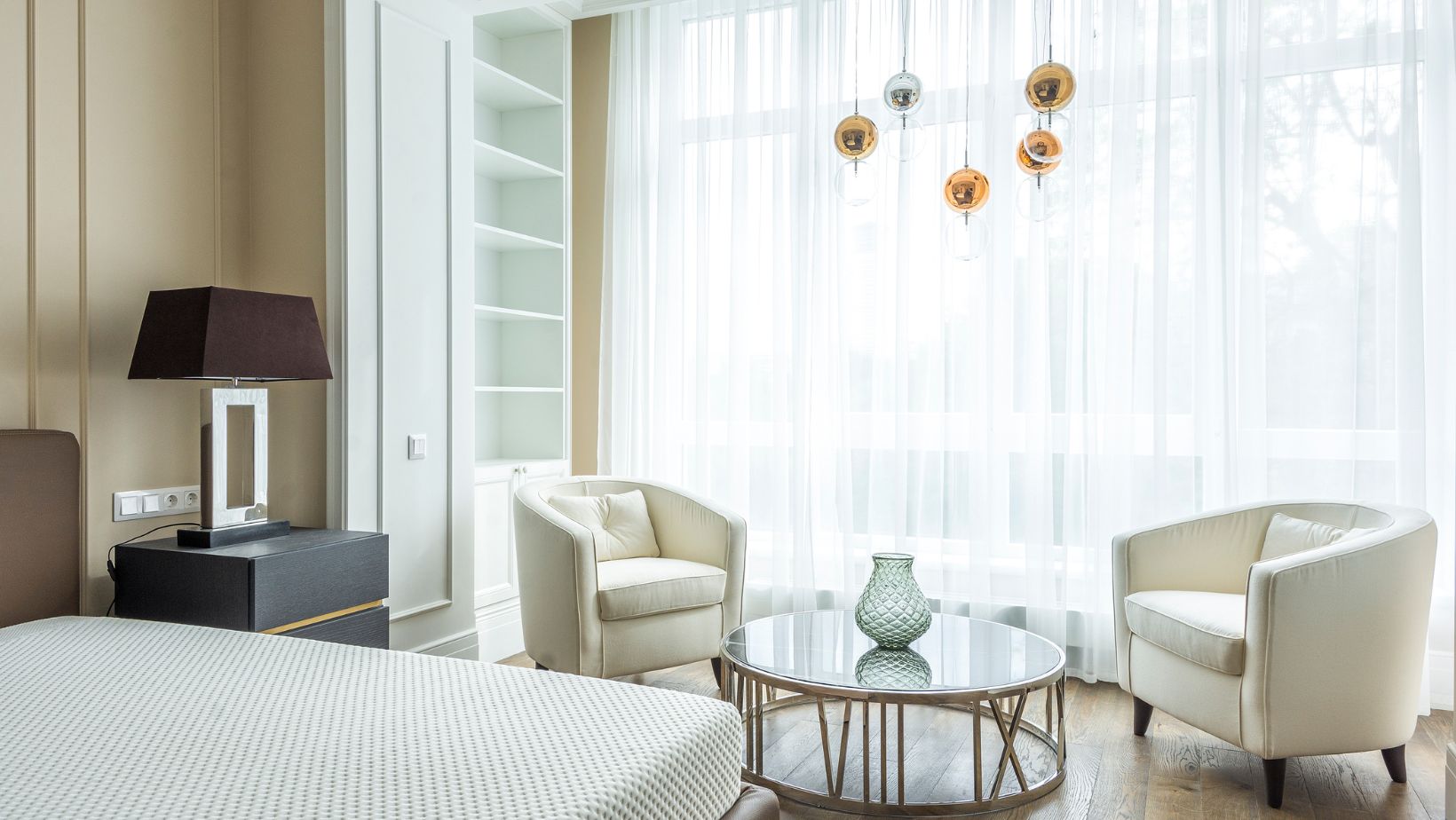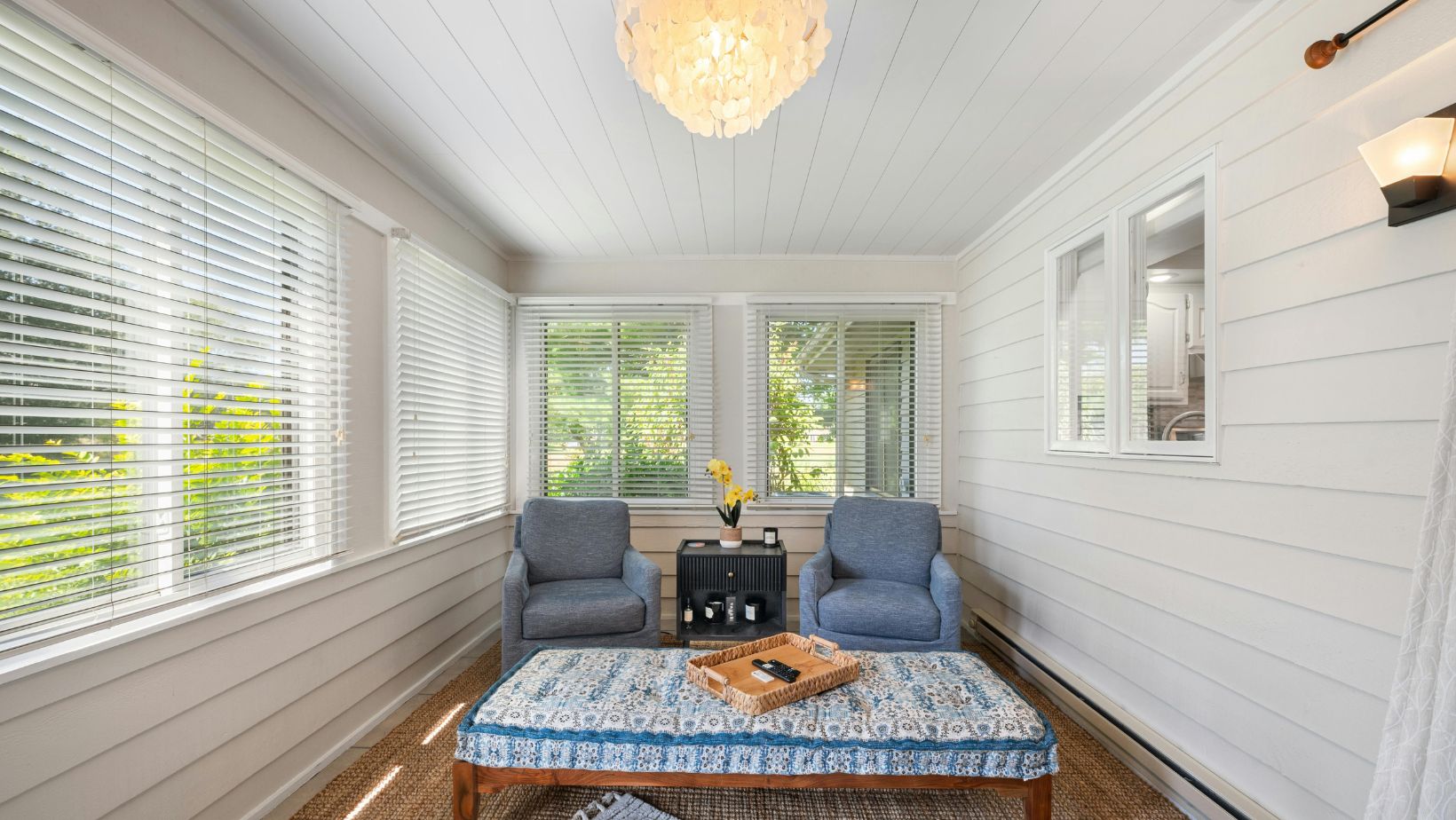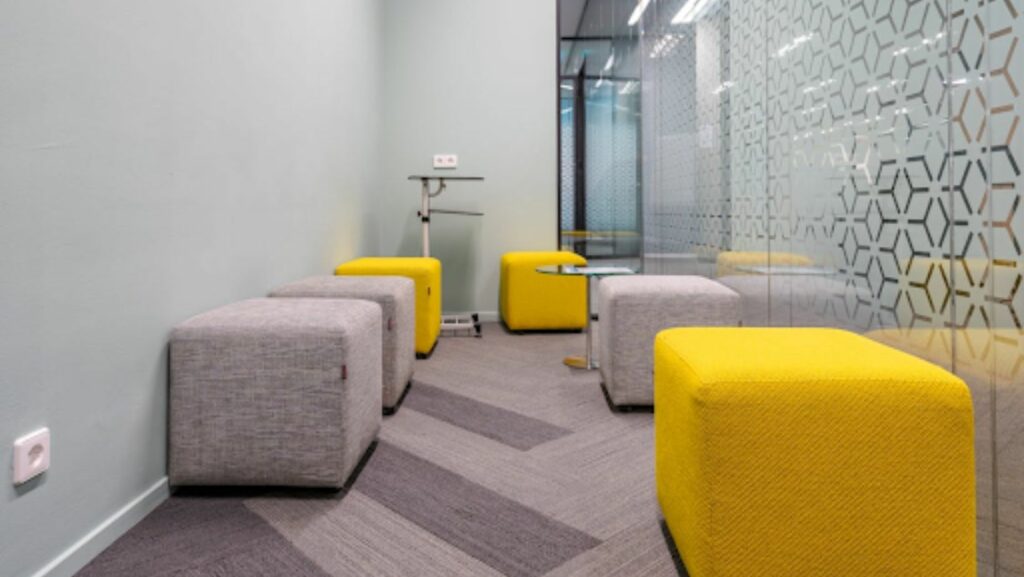Are you aiming to redesign your school spaces into dynamic areas that promote flexible learning and improve student involvement?
Selecting appropriate furniture transforms traditional classrooms into interactive spaces where collaboration thrives. The 2023/24 academic year will see 9.1 million students enrolled across English schools making diverse learning space creation vital for educational success.
Modular soft seating proves to be a transformative solution for creating adaptable learning environments.
What You’ll Find Inside:
- Why Modular Soft Seating Matters in Education
- The Top Benefits for Student Learning
- How to Choose the Right Options for Your School
- Creative Configuration Ideas for Different Spaces
- Maintenance Tips to Protect Your Investment
Why Modular Soft Seating Matters in Education
The common classroom arrangement of fixed desks in rows is quickly becoming obsolete. Current educational strategies prioritize collaborative work and flexible learning which needs student-focused environments.
Modular soft seating provides educational institutions with adaptable seating solutions that enable quick space transformations aligned with daily learning needs. Teachers can establish ideal environments for various activities because these pieces can be easily reconfigured.
The constant average class size of 26.6 students for infant pupils and the legal limit of 30 students per class makes it essential to manage classroom space effectively. Through the use modular soft seating you get the dual advantage of expanding your available floor area while simultaneously establishing separate areas meant for various learning approaches.
Studies show classroom furniture to be crucial for boosting both student engagement and health as well as improving focus and interaction levels. This concept transcends simple comfort to establish spaces that foster educational growth.
The Great Benefits for Student Learning
1. Enhanced Collaboration
Students naturally collaborate more when they use modular soft seating in the classroom. Soft seating arrangements enable the formation of conversation circles, small group pods, and partnered workstations which traditional forward-facing desks do not support.
The classroom setups remove physical barriers between students to enable discussions and teamwork which are critical skills for modern education. Collaborative activities thrive when students can conveniently see and engage with one another.
2. Improved Comfort Equals Better Focus
Let’s face it—uncomfortable students are distracted students. Students who sit in hard plastic chairs and at rigid desks may experience physical discomfort which leads to fidgeting and distracts them from learning.
Ergonomic support from soft seating helps students stay focused for extended durations. Without physical discomfort students can focus their mental energy entirely on the learning process.
3. Supports Diverse Learning Styles
Every student learns differently. A portion of students reaches their maximum concentration level at a desk while others reach peak focus when seated in a relaxed position. Modular soft seating accommodates these differences.
The availability of floor cushions, bean bags, soft benches, and lounge-style seating enables students to select postures that match their learning preferences which may improve both their comfort levels and academic outcomes.
4. Creates Defined Learning Zones
Modular soft seating enables educators to divide one area into multiple functional zones. A classroom or library can feature:
- Students can enjoy individual soft seats in a designated quiet reading area
- A circle of modular benches creates an area for group discussions
- A presentation space with tiered soft blocks
- A reflection zone with comfortable lounge-style seating
Students benefit from clear activity expectations during transitions between various functional spaces thanks to these designated zones.
5. Adapts to Changing Needs
The dynamic nature of education requires furniture that can adjust accordingly. Modular soft seating solutions allow teachers to make quick adjustments to their classroom setup to meet changing teaching requirements without incurring significant costs or interruptions.
How to Choose the Right Options for Your School
Selecting from the numerous modular soft seating options represents a challenging task. Learn to choose options that will effectively meet your specific requirements:
Consider Your Space Dimensions
Accurately measure your available area before you begin selecting furniture pieces. Consider:
- Total square footage
- Traffic flow requirements
- Power outlet locations
- Natural light sources
- Existing fixed furniture
These considerations will guide you in choosing the appropriate size and number of modular pieces while ensuring your space remains spacious and functional.
Assess Your Specific Learning Goals
The educational goals you want to achieve will determine which furniture setup will be most effective. Ask yourself:
- Which learning activities will take place within this space?
- How often will you need to adjust the furniture setup?
- What age groups will use the furniture?
- Will the space serve multiple functions?
The responses you provide will help you choose furniture pieces that perfectly align with your teaching methods.
Evaluate Material Quality and Durability
School furniture must withstand significant daily use. When assessing modular soft seating options, examine:
- Fabric durability (look for high rub counts)
- Stain resistance and cleanability
- Frame construction and warranty
- Foam density and compression recovery
- Compliance with safety and fire regulations
Consider Storage and Mobility
Modular soft seating solutions with storage options provide schools with limited space a practical benefit. Furniture featuring castor wheels or lightweight construction enables easier reconfiguration for teachers and students.
Creative Configuration Ideas for Different Spaces
Library and Resource Centers
Turn library spaces into multi-use learning environments through the following:
- High-backed soft seating creates reading nooks designed for focused concentration.
- Low tables surrounded by modular soft benches create flexible collaborative research stations.
- Presentation areas with tiered seating blocks
Classroom Environments
Standard classrooms can benefit from modular soft seating that establishes various functional zones.
- Design morning meeting spaces with circular arrangements of curved benches.
- Create small group instruction areas with the use of soft stools and ottomans
- Independent work areas with individual soft seats
Common Areas and Corridors
Don’t overlook transitional spaces as learning opportunities:
- Add flexible collaboration zones to spacious hallways with modular soft benches
- Use stackable soft cubes to convert unused corners into dedicated reading spaces
- Open plan environments can benefit from breakout discussion areas created through the use of mobile soft seating furniture that features acoustic design elements.
Maintenance Tips to Protect Your Investment
Although quality modular soft seating comes with a high price tag proper maintenance enables its longevity to support your school for several years. Implement these maintenance practices:
Regular Cleaning Schedule
Establish a consistent cleaning routine that includes:
- Vacuuming fabric surfaces weekly
- Prompt spot cleaning of spills
- Professional deep cleaning during school breaks
- Sanitizing frequently touched surfaces regularly
Rotation System
Establish a rotation system which periodically moves pieces to new locations or configurations in order to distribute use patterns evenly and avoid uneven wear.
Clear User Guidelines
Post easy-to-follow instructions for students and faculty about furniture usage that includes proper handling and maintenance guidelines.
- Maximum weight capacities
- How to safely move and reconfigure pieces
- Identify suitable activities that match each type of seating furniture to maintain proper usage standards.
- Proper cleaning protocols for minor spills
Inspection Routine
Perform routine inspections to identify minor defects before they develop into significant problems.
- Check for loose connections or hardware
- Examine seams for beginning signs of wear
- Test mobility features like casters
- Assess foam compression and recovery
The Final Word
Educational environments must adapt to keep up with the shift towards student-centered learning and collaborative teaching methods. Investing in modular soft seating creates spaces that accommodate different learning styles while promoting student interaction and adapting to evolving teaching methods.
Ready to transform your learning spaces? Begin with an assessment of your existing requirements then engage stakeholders throughout the planning process before testing prototypes as part of your commitment decision. Commence your initiative with a pilot project in one significant area then proceed to gather feedback before further expansion.
Through precise planning and superior execution your school can establish adaptable learning environments that improve educational results and maximize space usage benefiting students, teachers and administrators together.

